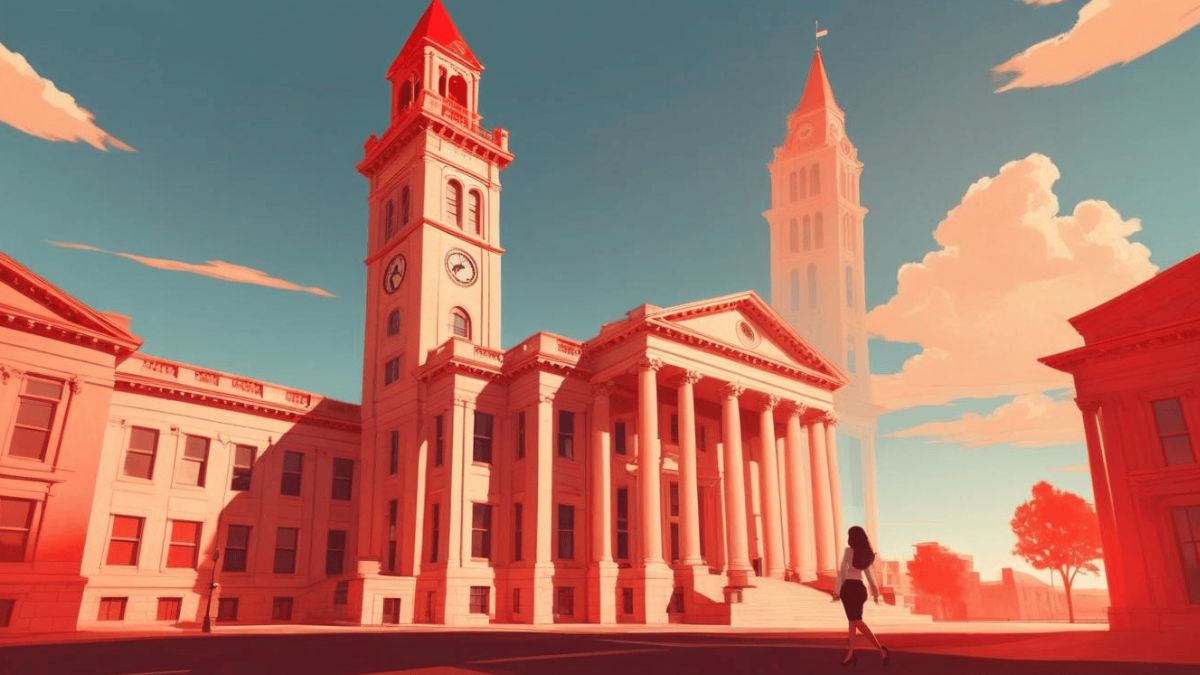
Italy is a country steeped in history with roots that reach back before the dawn of the Roman Empire. A journey through time and place through its many landmarks and monuments offers not only insight into Italian culture but also provides irreplaceable memories for any traveler. From Italy’s high alpine peaks to its ruggedly beautiful coastline, explore some of the most iconic historical sites that define this magnificent region. Discover amazing works of art and architecture that span centuries – from medieval castles to Renaissance cathedrals – these moments in time are remarkable representations of Italy’s unique past.
This blog post will guide you on an unforgettable exploration amidst ancient ruins, incredible natural landscapes, cities bustling with energy, and romantic destinations. Join us now as we take a look at some must-see sites throughout Italy for any history buff or curious explorer!
Introducing Italy’s Rich Historical Heritage
Italy’s cultural and historical heritage is one of the richest and most fascinating in the world. This beautiful country has played a key role in the evolution of Western civilization, and its past is still imprinted on every corner of its cities. From the ancient ruins of Rome’s Colosseum and the Forum to the stunning artwork lining the walls of the Vatican, Italy’s historical sites are breathtaking and awe-inspiring. The tickets to tours that you can buy now to explore these sites are a testament to the country’s importance in world history. The city of Rome is perhaps the most iconic destination for any traveler looking to explore Italy’s rich past. It was once the capital of an ancient kingdom that rose to become one of the greatest empires in history.
Exploring the Ancient Roman Empire
Delving into the heart of Rome, the ruins of the ancient Roman Empire offer a window into a past world of grandeur and power. Start your journey with the remarkable Colosseum, an architectural marvel and testament to the empire’s military prowess. Imagine the roar of the crowd as gladiators battled for their lives in this remarkable amphitheater, all under the watchful eyes of emperors and commoners alike.
Stroll along the worn stones of the Roman Forum, the political and social hub of the ancient city, where the echoes of impassioned speeches, vibrant market trade, and grand processions still seem to reverberate. Visit the Pantheon, one of the best-preserved Roman buildings, with its majestic dome and Corinthian columns, standing as a beacon of the Roman Empire’s architectural ingenuity. The ruins of the Baths of Caracalla, once a social gathering place, offer a glimpse into the leisurely lifestyle of the Romans.
Visiting Sicily, the Land of Myth and Legend
Venture further south to the intriguing island of Sicily, a land steeped in myth and legend. Sicily is home to a variety of historical treasures that span various eras and civilizations. Its strategic location in the Mediterranean made it a coveted possession for many ancient empires, each leaving its indelible mark on the island.
Start your exploration in the city of Palermo, a fascinating fusion of Norman, Arab, and Byzantine influences. The Palermo Cathedral and Palatine Chapel are splendid examples of this blend of styles, offering a feast for architectural and historical enthusiasts.
Next, journeyed to Syracuse, once a powerful Greek city-state where the mathematician Archimedes was born. The “Parco Archeologico della Neapolis” houses the renowned Greek Theatre, the Roman Amphitheater, and the Ear of Dionysius, a limestone cave famed for its unique acoustics.
Don’t miss the majestic Valley of the Temples in Agrigento, a UNESCO World Heritage Site. This vast archaeological park boasts some of the best-preserved Greek temples in the world, standing stoic against Sicily’s vibrant landscapes.
Exploring the Renaissance Through Art and Architecture
The Renaissance, a vibrant period of cultural resurgence between the 14th and 17th centuries, firmly placed Italy as the epicenter of an artistic and intellectual revolution. As you venture north, the cities of Florence, Venice, and Milan become living museums, each showcasing the splendors of this transformative era.
In Florence, the birthplace of the Renaissance, you’ll encounter the staggering beauty of the Florence Cathedral or Duomo. Its red-tiled dome, designed by the architectural genius Brunelleschi, dominates the city’s skyline. The city’s prestigious Uffizi Gallery houses an incomparable collection of Renaissance art, including works by Botticelli, Michelangelo, and Da Vinci.
Venice, the city of canals, also holds its share of Renaissance treasures. The Doge’s Palace, a grand Gothic structure, bears witness to Venice’s former might. Inside, you’ll find Tintoretto’s colossal Paradise, one of the largest canvases in the world.
Finally, in Milan, don’t miss Leonardo da Vinci’s The Last Supper, a masterpiece of Renaissance art housed in the Convent of Santa Maria delle Grazie. This iconic mural captures a seminal moment in Christian narrative with a depth of emotion and detail that is truly awe-inspiring.
In conclusion, Italy is a country full of incredible history and culture, with each region offering its own unique set of attractions and experiences. From the ruins of the Roman Empire to the artistry of the Renaissance, take your time and explore this fascinating nation’s past. Before you know it, you’ll be returning home richer in knowledge and unforgettable memories.




